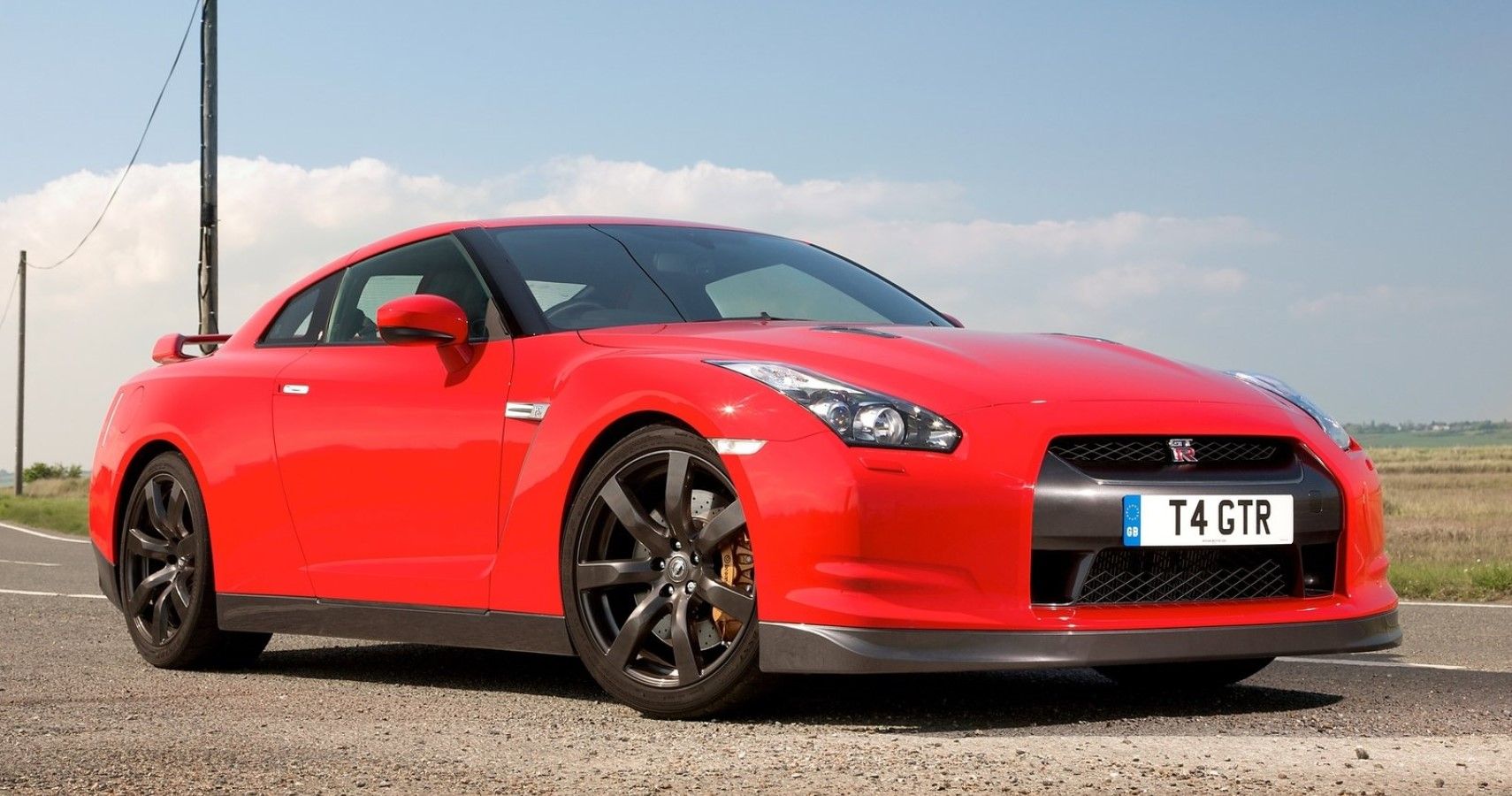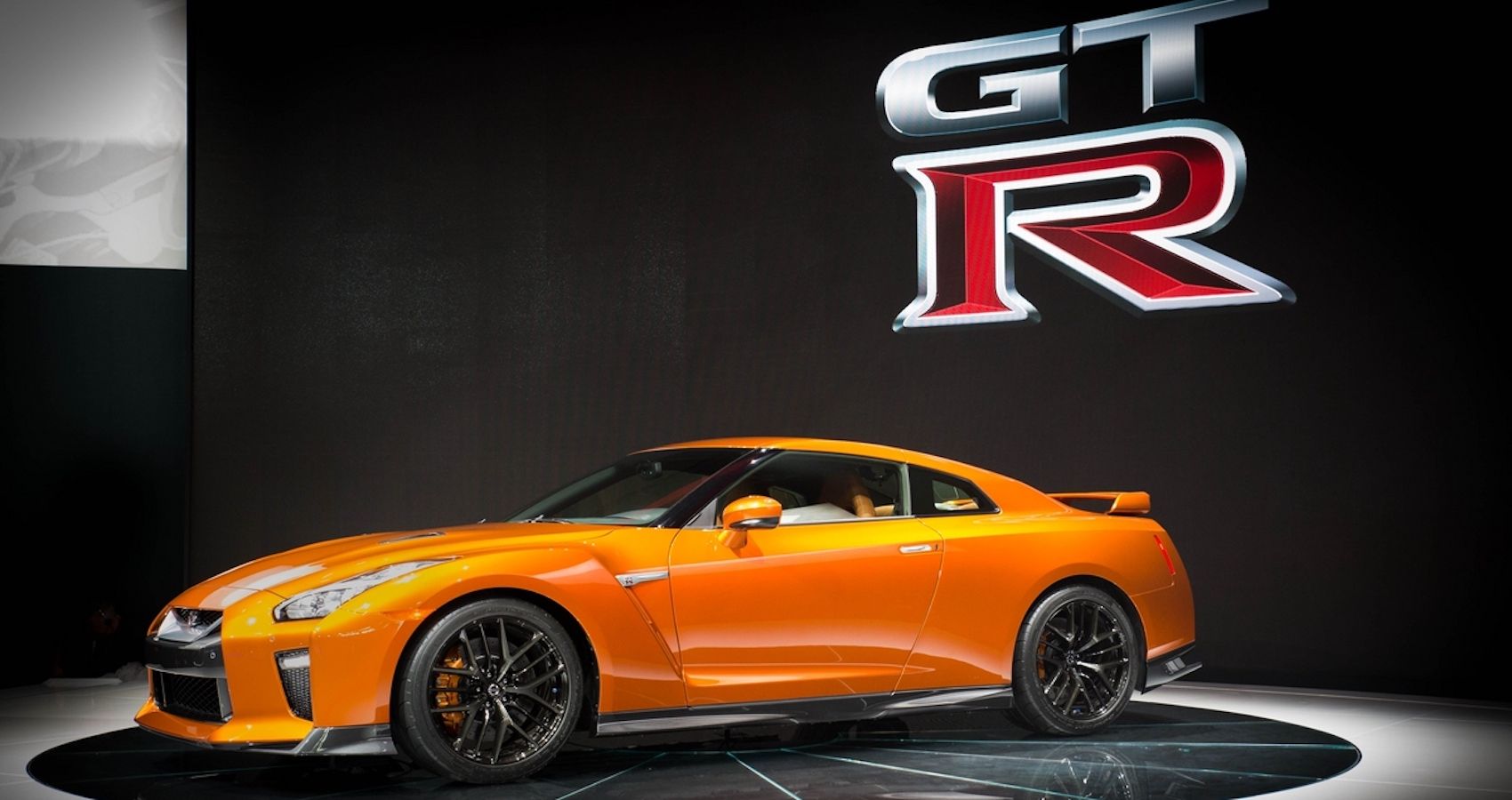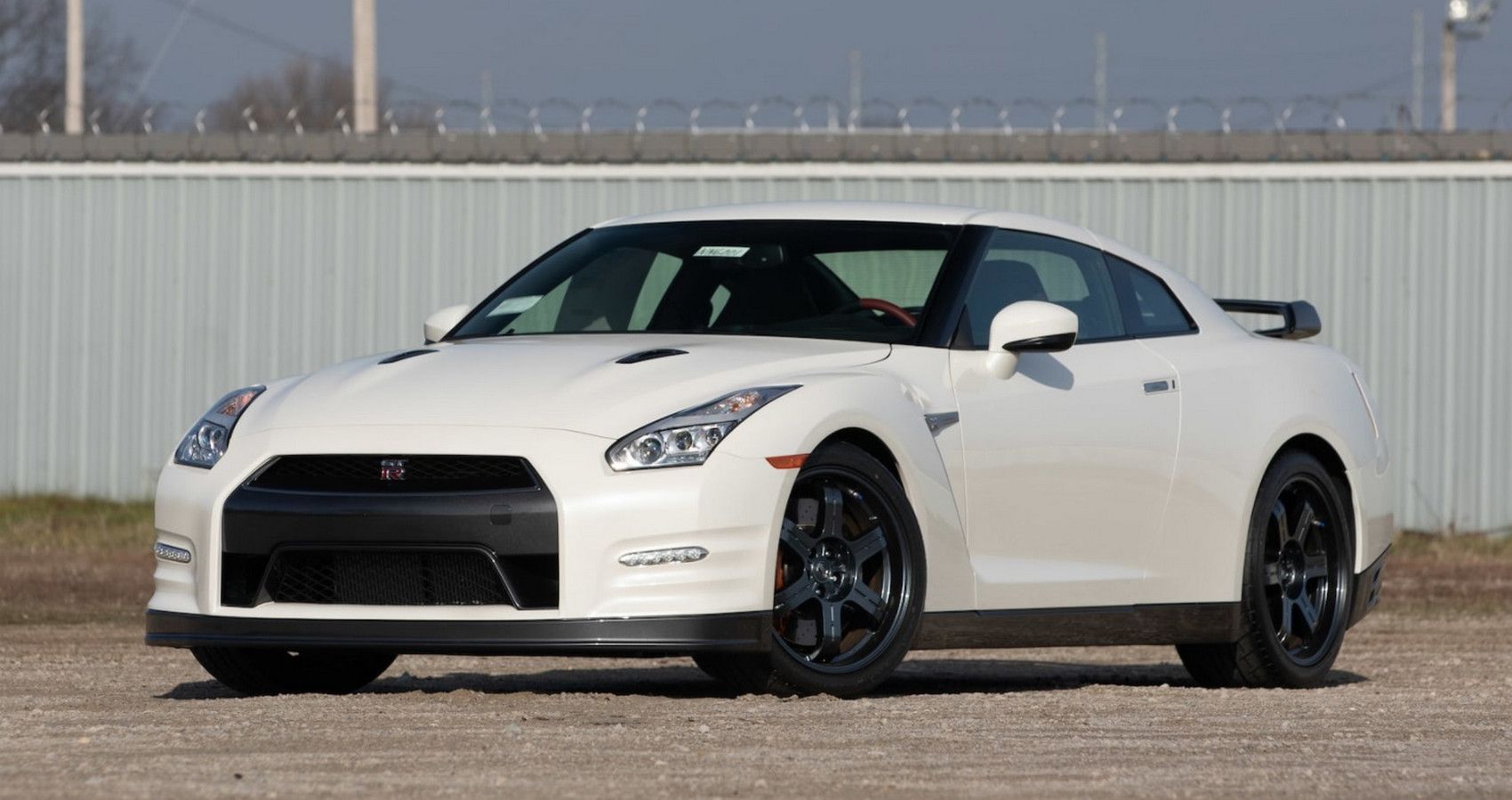When Nissan exited the 1990s with a load of financial woes, the big problem for them was how to reignite legends of the past. They wanted to do it in a way that resonated with the supercar era that was all the rage at the time.
Nissan came up with a supercar that was sophisticated and high performing at the time but at an extremely reasonable price. They didn’t just want to compete with existing supercars; they wanted to outdo the competition in every way.
Inspired by exotic sports cars of the 2000s, such as Porsche’s 911 Turbo, and also drawing on the under-the-radar appeal of past GTR iterations, the R35 was a smash hit because it did everything so well. Ahead of its time in every way, the 2024 R35 GT-R is still able to compete with the newest generation of supercars despite being more than a decade old.
Predecessors To The Nissan R35 GT-R
To understand the legacy that inspired the R35 GT-R, it’s a good idea to understand the predecessors that set the bar for this car. The guys at Donut Media made every JDM fan envious when they got to drive every Nissan GT-R ever made. They experienced from the original 1971 Skyline GT-R through the R33 and R34 down to the R35 supercar slayer.
A common thread running through Nissan GT-R's history is performance sophistication that allows these relatively inexpensive sports cars to compete with much more expensive performance cars.
For example, Nissan used top-notch technology, such as an Advanced Total Traction Engineering System for All-Terrain in the R32 Skyline GT-R. This technology helped adjust the amount of torque sent to the front wheels for maximum racetrack performance. Despite this, it sold at dealerships for a fraction of what its competitors cost.
By the dawn of the 21st century, Nissan GTRs had been around for a while and had built a reputation for ripping up the racetrack. They’d become icons of Japanese racing throughout the 1970s, 80s, and 90s. But arguably, the best was yet to come.
The Nissan R35 GT-R Took Inspiration From Porsche
The amazing thing that the Nissan R35 GT-R achieved was a level of supercar sophistication that totally outclassed the competition. Back in 2007, the R35 GT-R was able to hit speeds and acceleration times that are respectable even by 2023 standards. Back then, it handily blew the competition away. Including the latest 911 from Porsche.
While outperforming its price tag was a characteristic of each of its predecessors, the R35 did it on an even bigger stage. Racetrack lap times were the benchmark among the newest generation of supercars hitting the road in the 2000s. Nissan realized that was perfectly within its wheelhouse and unleashed the R35 with the goal of obliterating the competition.
The inspiration behind building the biggest and baddest GTR ever made was to compete with highly successful sports-car-turned-supercar models, particularly the Porsche 911 Turbo. Nissan desperately needed a new hit. They were struggling financially and needed revitalization to keep pace with bigger brands that were dominating the market.
Part of the revitalization process involved installing Carlos Ghosn as CEO. He was brought in specifically to help Nissan compete on the international stage. One of Ghosn’s major priorities was to launch brand-new supercars that could compete with exotic performance beasts emerging from the factories of Ferrari, Porsche, McLaren, and Lamborghini.
So the goal of Nissan was to elbow in on the success of supercar brands already building a reputation for scintillating lap times and exhilarating racetrack performance. Nissan wanted to take on these industry leaders on their own turf. They believed they had the engineering capability and design acumen to do just that.
Here's What The R35 GT-R Did For Nissan
The R35 GT-R easily accomplished what Ghosn wanted for Nissan. It made a big splash when unveiled to the world in 2007. Nissan had created a supercar that could truly challenge the best cars in the world at their own high-octane game.
The R35 was immediately a hit and saved Nissan from bankruptcy. As they went on sale in America over the next couple of years, customers snapped them up as soon as they arrived at the dealership.
With a twin-turbo V6 producing 480 horsepower, the first wave of Nissan R35 GT-R could reach 60 mph in only 3.3 seconds, outgunning the Porsche 911 Turbo and Lamborghini Murcielago on acceleration and power. It also outdid the 911 on racetrack lap times thanks to downforce-inducing aerodynamics and a dynamic four-wheel drive system. These clever bits made the R35 capable of hugging the apex on every corner.
The 2000s Nissan R35 GT-R was truly an engineering wonder way ahead of its time. Sixteen years on, the GT-R remains a viable supercar while still costing a fraction of its flashier, next-gen competition. It stayed true to the GT-R legacy by combining exceptional performance with an accessible price tag.
The big question now is when and how will Nissan begin the next chapter of the epic GT-R story.



